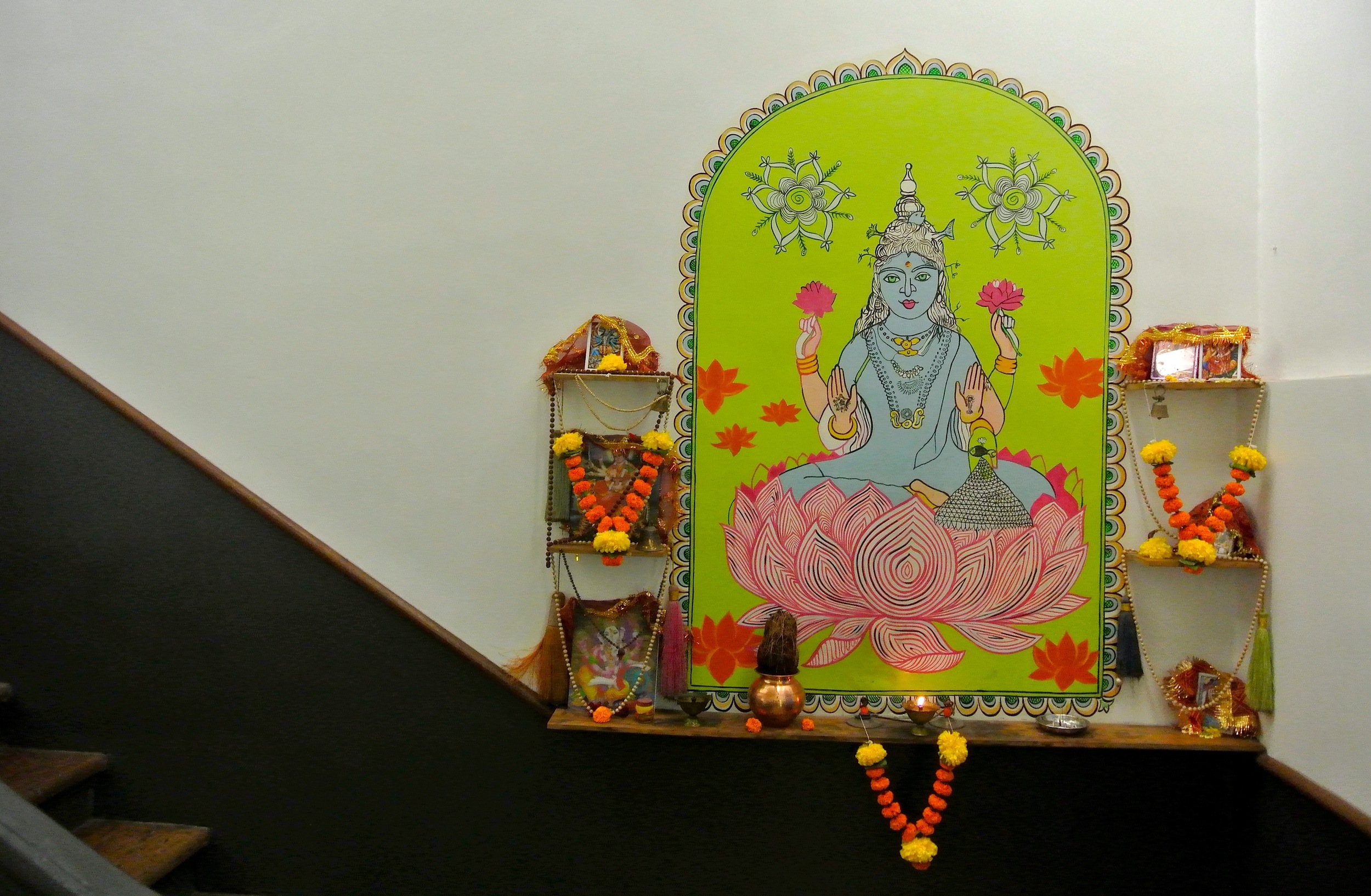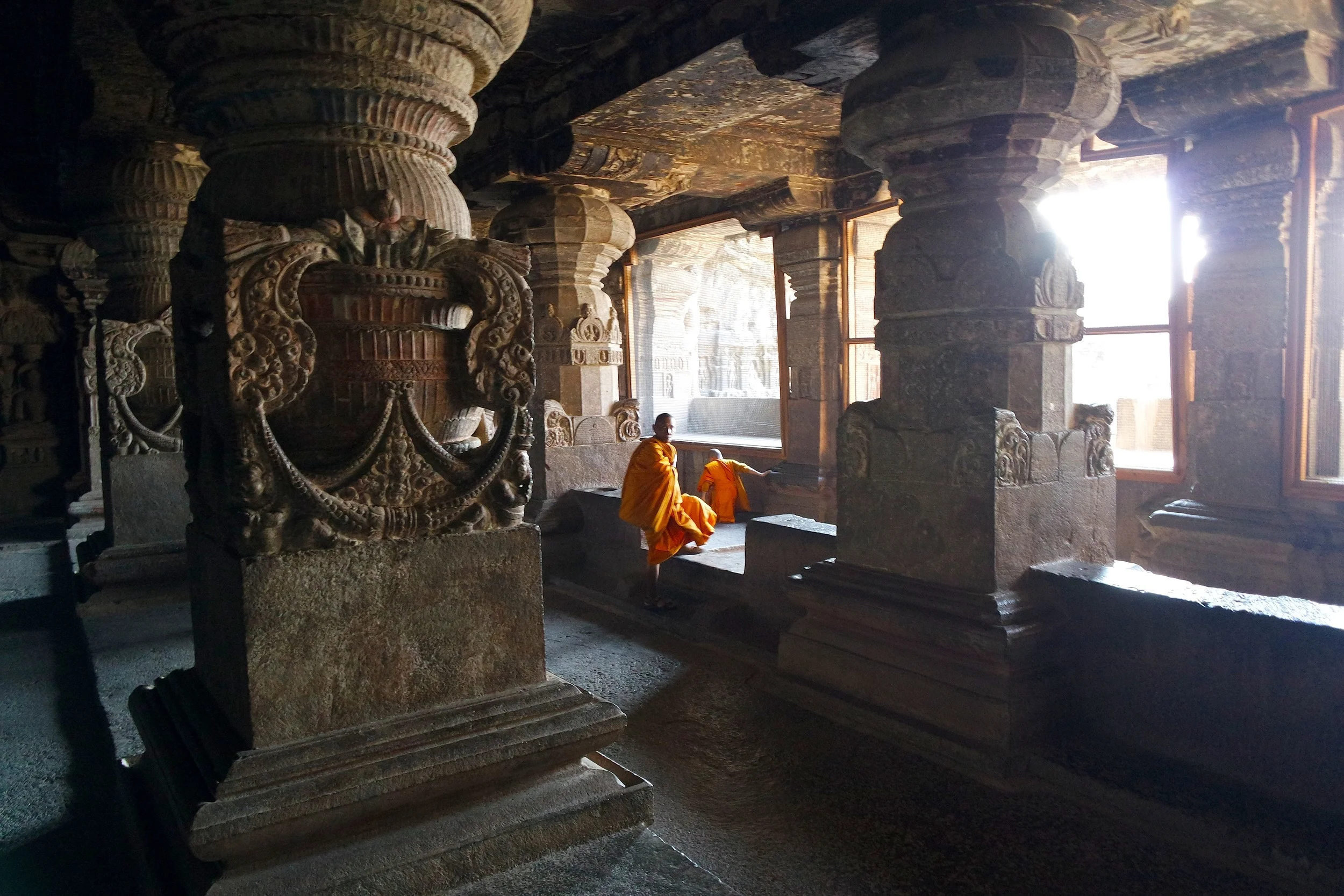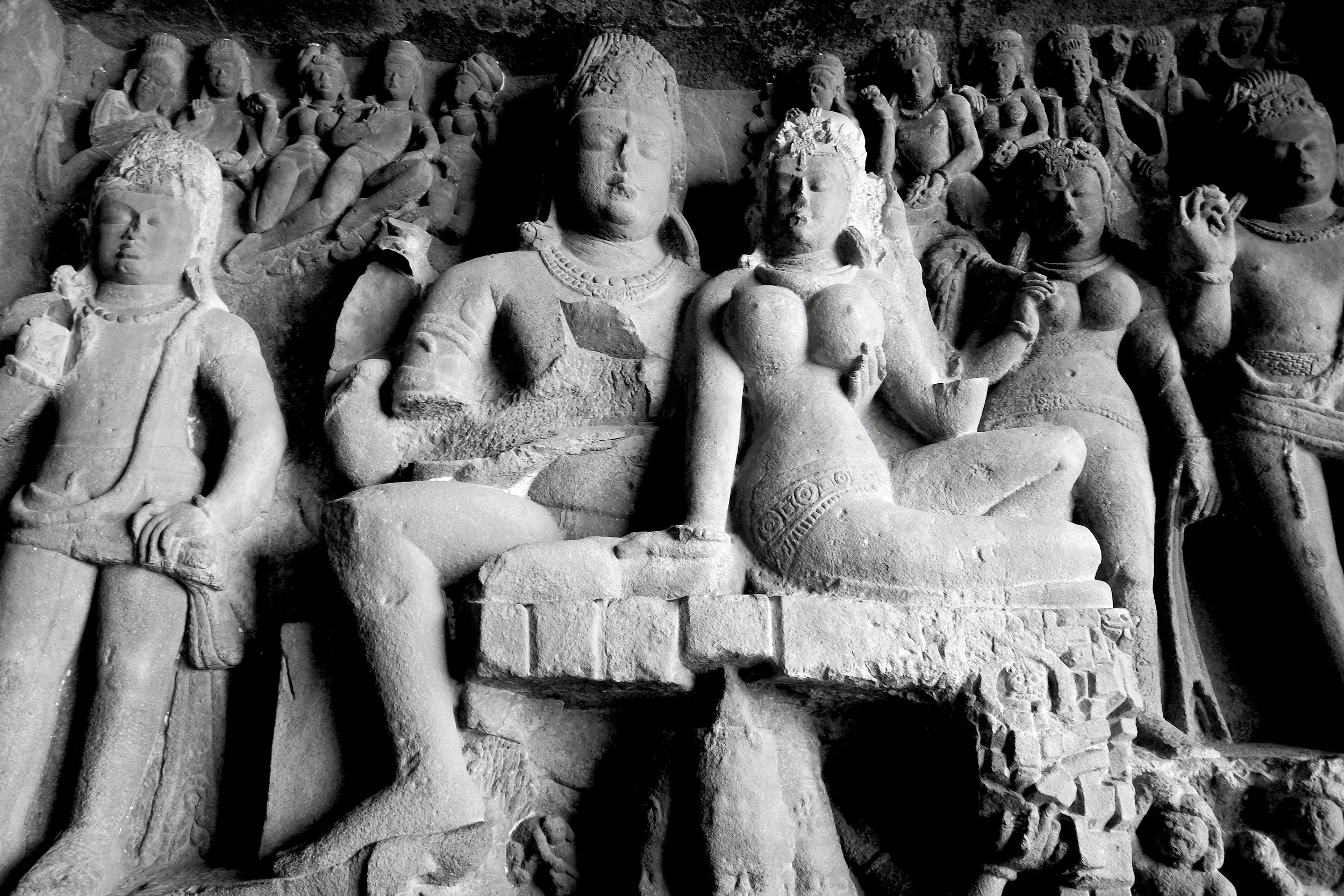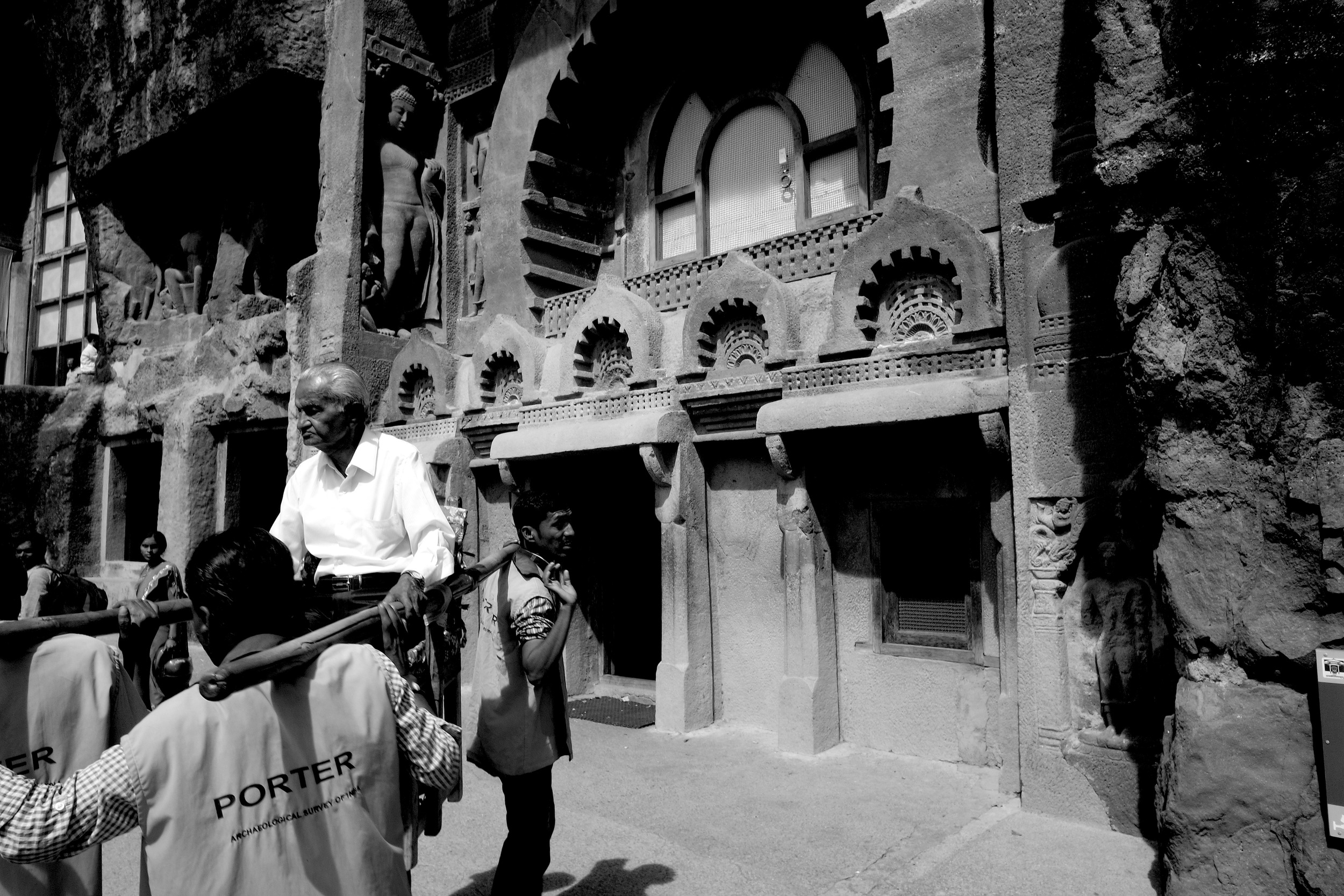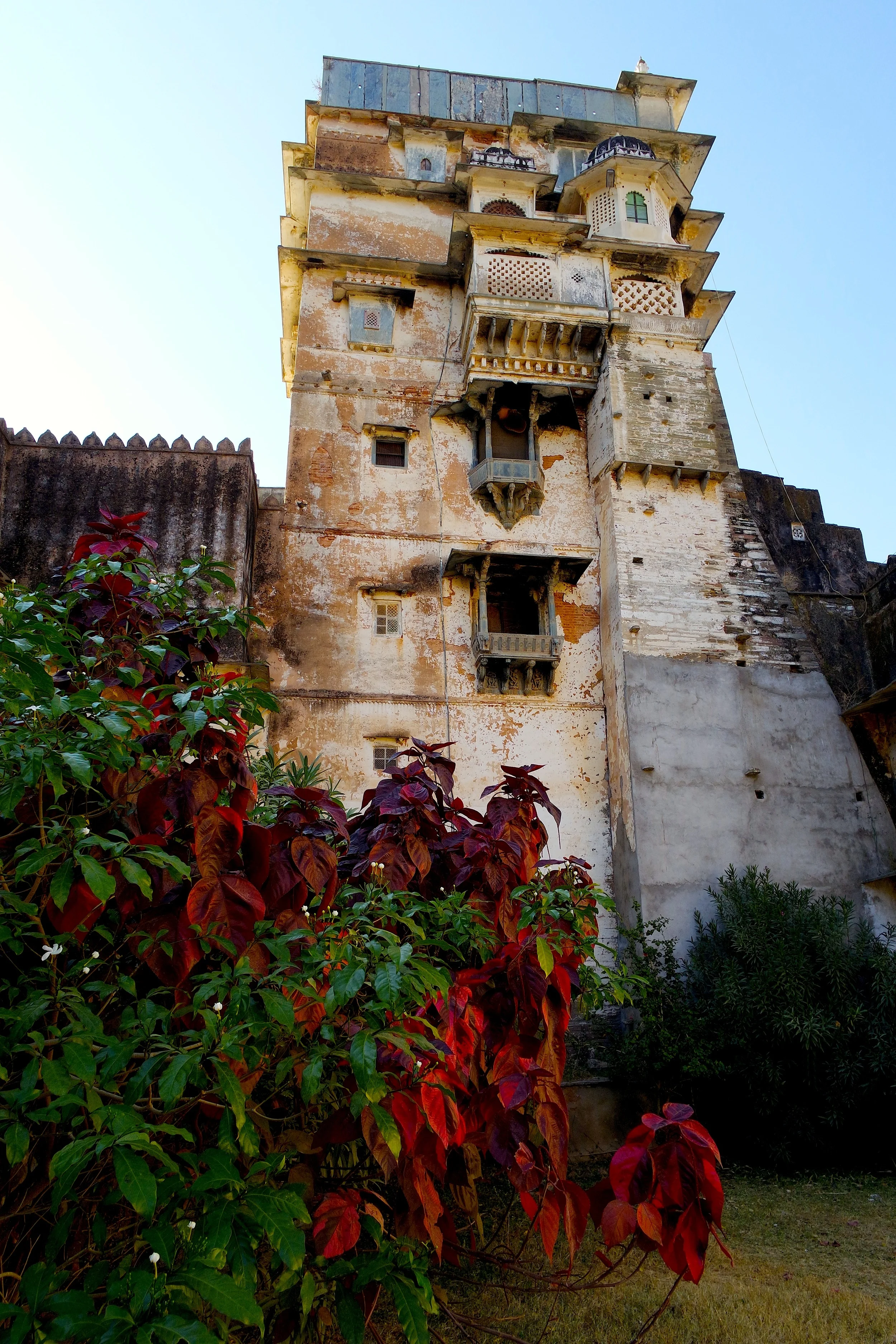Our cozy, stylish room at Abode Bombay
We recommend a stay at Abode, One of the best boutique hotels in Mumbai, located in the tourist hot spot, the Colaba district.
In a city that can often feel overwhelming, it’s nice to have a sanctuary away from the chaos.
So Wally and I were thankful for Abode, which I had discovered on the blog An Indian Summer. This hip boutique hotel located in the Colaba district of Mumbai occupies the first two floors of a Colonial building bearing the name Lansdowne House. The building was constructed in 1910 by the opium trader and once treasurer of Baghdad, Iraq, David Sassoon.
“It would have been even lovelier if Wally hadn’t somehow broken the shower knob and flooded our bathroom!”
Sian Pascale, the interior designer responsible for Abode's vibe has mixed bold geometric patterned floors and Colonial-era furnishings with modern amenities. We especially appreciated our room’s feather bed-topped mattress and rain showerhead. (It would have been even lovelier if Wally hadn’t somehow broken the shower knob and flooded our bathroom!) The ear plugs enclosed in a simple kraft paper envelope with the Mahatma Gandhi quote, “Peace is its own reward” on the side table were also a nice touch.
RELATED: Mumbai Tourism: How to Prepare Yourself for the Chaos
On the way in, there’s an altar in the stairwell. It’s dedicated to the Hindu deity Lakshmi, the goddess of wealth and beauty, seated upon a lotus, handpainted by truck artists.
An adorable shrine to Lakshmi, the Hindu goddess of wealth, outside the entrance to the Abode hotel in Mumbai, India
The reception room serves as a communal lounge, library, curated gift shop and dining room. Guests are encouraged to relax here, which we did upon our return after an afternoon exploring the hood. The staff was gracious and attentive. During breakfast, a concierge informed us of an art festival that was nearby, something we probably would not have discovered on our own as we only had one day in Mumbai.
A lounge area of the common room at the Abode hotel in Mumbai
Upon our return later that afternoon, Lameze, another guest who was staying at Abode, invited us and a couple fellow travelers to join her in celebrating her 50th birthday — and was serenaded by the staff with the Indian version of “Happy Birthday to You.” It was a wonderful experience we'll not soon forget — and not just because of the delicious chocolate ganache cake her friend had bought for her.
A new friend we met in the Abode common room shared her birthday cake with the hotel staff and guests
I booked our stay through i-escape, which made reservations easy. It even provided us with a complimentary bottle of wine, waiting in our room — the perfect way to toast our arrival.
The hotel can also arrange spa treatments and supports the Victoria Memorial School for the Blind. Massage therapy is one of the career choices at this charity for the blind. Wally and I opted for the Ayurvedic massage to release toxins and increase circulation. We left feeling relaxed and reinvigorated, ready for our flight back to Chicago.
If you’re on the taller side, we’d recommend asking to stay on the hotel’s first floor — the hallway upstairs has low (but padded) pipes you have to duck under.
Our sole criticism would be that the pre-arranged transport from the Mumbai Airport to the hotel could have been more pleasant. After a delayed flight from our previous destination, the driver made a comment about us being late and didn’t assist in loading our luggage into the vehicle. We were wholly neglected as she chatted on her phone for the better part of our drive, which took almost two hours due to slow moving traffic. We noticed Victoria Station too late to appreciate it. It would have been nice if she could have pointed out a landmark or two.
Other than that rocky start, though, we had nothing but pleasant things to say about Abode, and met some truly inspiring fellow travelers, including two 70-something Australians, Maggie and Moggy, who were spending six or so weeks in India, touring textile co-ops. They certainly taught us a few tricks. –Duke


